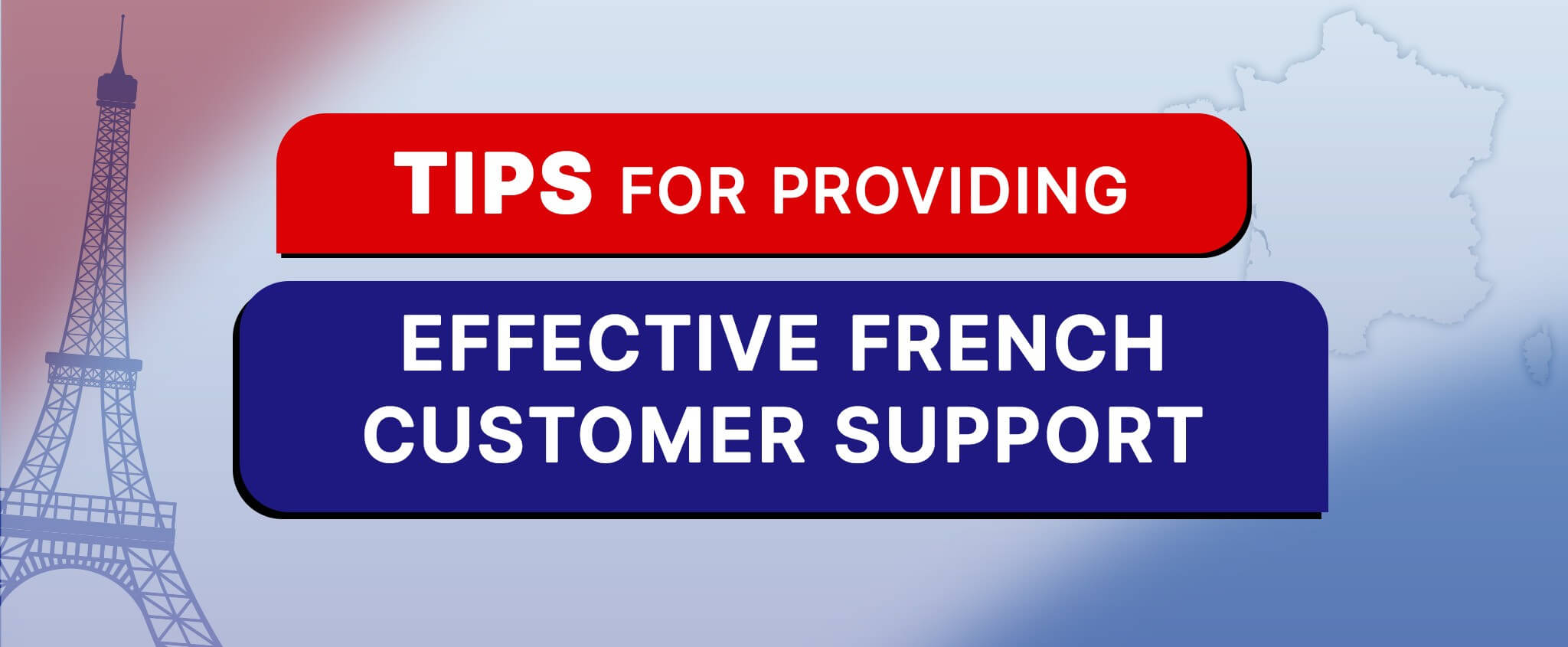Quality Control in Subtitling: Best Practices for Ensuring Accuracy, Consistency, and Timely Delivery
In today’s globalized world, audiovisual content has become a powerful medium for communication and entertainment across different cultures and languages. Quality control in subtitling plays a pivotal role in ensuring that this content is accurately translated and accessible to diverse audiences, transcending language barriers and fostering meaningful connections.
Professional subtitling services play a critical role in global accessibility, ensuring that viewers can fully engage with movies, TV series, and online videos in their preferred language. Nevertheless, subtitling encounters challenges that can significantly influence the quality of the subtitles.
This article explores the challenges encountered in subtitling, and the best practices for quality control, emphasizing the importance of accuracy, consistency, and timely delivery.
Key takeaways
- Quality control in subtitling ensures accurate and culturally appropriate translations for global accessibility and meaningful connections.
- Challenges in subtitling include time constraints, language nuances, and technical limitations that impact subtitle quality.
- Best practices for quality control involve hiring experienced translators, rigorous editing, creating style guides, conducting thorough testing, and collaborating with clients.
- CCCI provides professional subtitling services with a focus on quality control and compliance with industry standards.
Table of Content

Main Challenges in the Subtitling Process
The subtitling industry is constantly growing and by 2028, the global captioning and subtitling solution market is expected to be worth USD 476.9 million. Quality control in subtitling process is crucial. It ensures that the final subtitles meet the highest standards of accuracy, readability, and cultural appropriateness.
Subtitling professionals employ various techniques and practices to uphold quality throughout the translation and implementation stages while facing many challenges.
Timing Challenges
Subtitling presents several challenges that can affect the overall quality of the final product. Time constraints pose one of the primary hurdles. Subtitles need to be precisely synchronized with the audio, allowing viewers to read the text while watching the visuals seamlessly. To ensure a smooth viewing experience, exact timing and efficient translation are required. Furthermore, subtitling must account for character limits per line, reading speed, and the overall duration of the on-screen text.
Language and Cultural Differences
The art of translating dialogue across languages extends beyond mere linguistic proficiency. It demands a keen understanding of cultural nuances. Expressions, idioms, and humor often lack direct equivalents in other languages. Subtitlers face the challenge of preserving the essence and meaning of the dialogue while accounting for these differences. They don’t aim for word-for-word translations but rather adapt the dialogue to convey its intended meaning accurately. This balancing act involves finding culturally equivalent alternatives and paraphrasing when necessary.
Platform or Technical Limitations
When it comes to common challenges in subtitling, we can’t forget about technical limitations.
Subtitles need to be synchronized with the audio and video, making it crucial to consider technical aspects such as timing, positioning, and formatting. Different platforms and devices may have specific requirements, adding complexity to the subtitling process.
Best Practices for Quality Control in Subtitling
To overcome the challenges of subtitling and maintain a high level of quality, professional subtitling services implement comprehensive quality control procedures. Here are some best practices for ensuring accuracy, consistency, and timely delivery.
Employing Experienced Translators and Linguists
One of the best practices for quality control in subtitling is hiring highly qualified translators.
Experienced translators and linguists working in professional subtitling services possess specialized knowledge in various fields, such as film, television, and multimedia content. This expertise allows them to handle industry-specific terminology, idiomatic expressions, and technical jargon with precision, ensuring that the subtitles effectively convey the intended meaning to the target audience. They can also adhere to established guidelines and style guides, ensuring that each subtitle aligns with the overall tone and character of the video, thereby enhancing the viewer’s experience.
Thorough Editing and Proofreading
A rigorous editing and proofreading process is vital to guaranteeing the accuracy and consistency of subtitles. Experienced editors review the translated subtitles for grammatical correctness, linguistic precision, and adherence to the source material. Proofreaders meticulously check for any typographical errors, punctuation mistakes, or formatting inconsistencies, ensuring the final product is polished and error-free.
Note: Highly qualified translators are skilled at adapting subtitles to local nuances and linguistic differences, ensuring content stays culturally sensitive and accessible to a wide range of audiences.
Having Style Guides and Glossaries
Maintaining consistency in subtitling requires the creation of thorough style guides and glossaries. These resources define preferred terminology, formatting conventions, and stylistic guidelines specific to each project. Following these guidelines on a constant basis contributes to a consistent and professional subtitling experience for the audience.
Since subtitling trends and preferences may evolve over time, it’s important to regularly review and update the style guide to incorporate any changes and improvements.
Pro Tip: When creating style guides, consider the specific demographic, language proficiency, and cultural background of your target audience.
Deploying Quality Assurance Testing
Thorough quality assurance testing is indispensable to identifying and rectifying any technical issues or timing discrepancies in the subtitles. Subtitling companies carefully evaluate the final output to ensure perfect audio synchronization, appropriate line breaks, and correct presentation across several platforms and devices.
Quality assurance in subtitling includes checking:
- Audio Synchronization
- Timing and Duration
- Text Formatting
- Platform and Device Compatibility
- Language Accuracy
- Consistency and Style
By conducting thorough quality assurance testing, subtitling companies ensure that the subtitles are error-free, well-synchronized, and provide an optimal viewing experience.
Client Collaboration and Feedback
Effective communication and collaboration with clients are critical to obtaining optimal subtitle quality. Throughout the process, subtitling companies actively seek customer input and feedback to ensure subtitles meet the client’s expectations and objectives. This collaborative approach strengthens the overall quality control process and encourages a solid partnership.
CCCI – Professional Subtitling Service Provider
Overall quality control in subtitling is a multifaceted process that involves overcoming various challenges to ensure accurate, consistent, and timely delivery of subtitles.
At CCCI, we understand the importance of quality control in subtitling and offer professional subtitling services that adhere to the highest standards. With our team of experienced translators and linguists who specialize in subtitling, we guarantee accurate translations and precise handling of industry-specific terminology, idiomatic expressions, and technical jargon. We provide subtitling services for anime and TV Shows, films, and multimedia. Choose CCCI as your professional subtitling service provider, and experience the difference that quality control can make in delivering accurate, consistent, and timely subtitles to a global audience. Contact us today to learn more about our services and how we can assist you with your subtitling needs.






